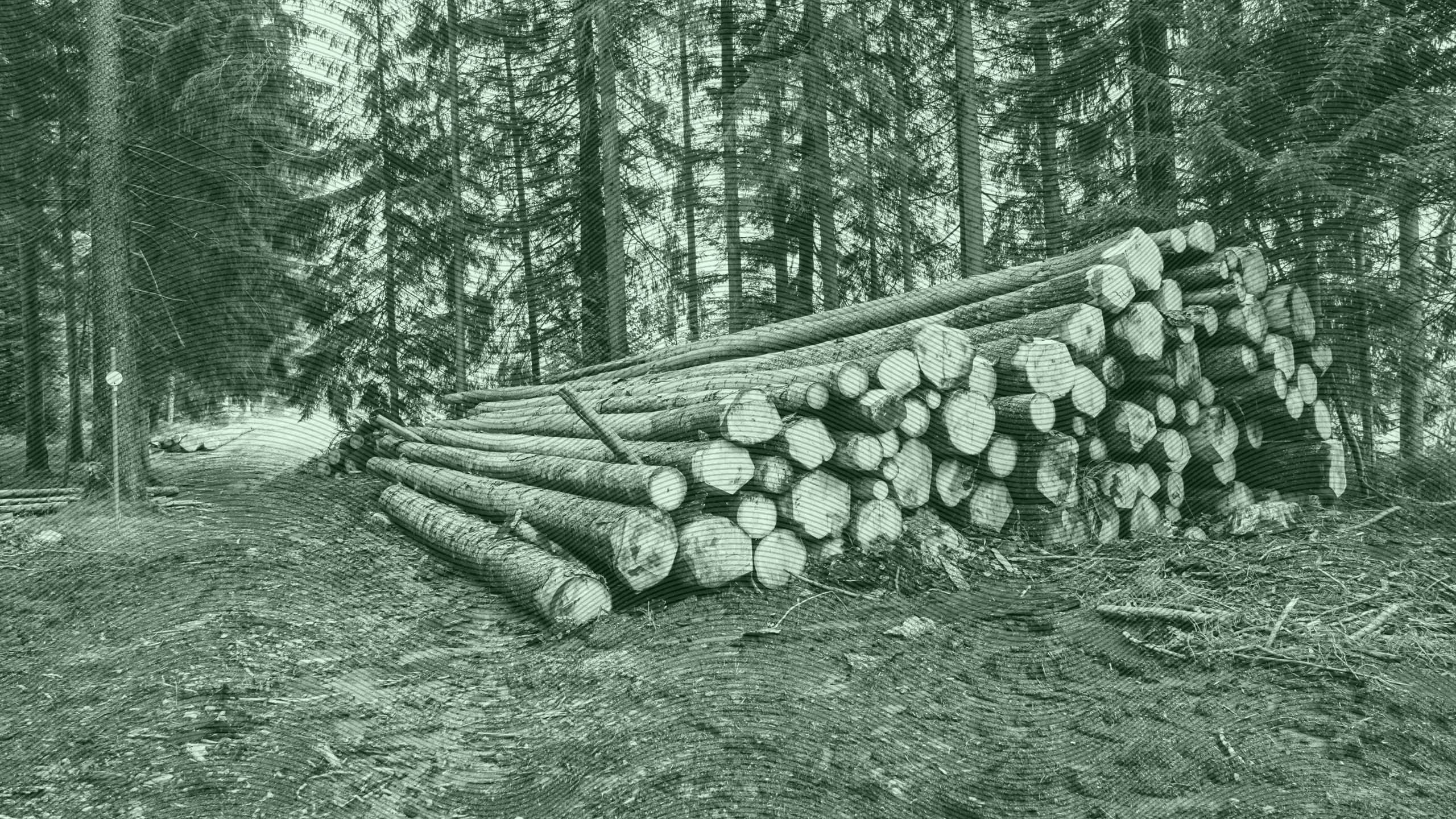Real Assets, like Property and Timber, Pique Interest Amid Volatility: Bank of America
Real assets exhibit little correlation to traditional stocks and bonds, making them highly desirable among clients in these volatile times.

Sign up for market insights, wealth management practice essentials and industry updates.
Psh, get real. Literally.
With markets still rebounding from the Trump administration’s tariffs, clients are hungry for diversification, and real assets are gaining traction. In a new report, Bank of America points to real estate, farmland, timber, and energy as increasingly valuable components of high-net-worth portfolios. With inflation stubbornly high and interest rates stuck since December, these tangible investments are appealing for their low correlation to traditional stocks and bonds.
“If you look at timber, for example, the reality is trees grow regardless of who’s in DC,” said Ken Shepard, head of Specialty Asset Management at BofA.
Reality Bites
While the equity markets are inching their way back to February highs, commercial real estate is still on shaky ground as tenant demand slumps and vacancies increase. Owning more property can be alluring to investors, but most people are “a little crazy” to get into active real estate, said Charles Sachs, CIO at Imperio Wealth Advisors. “Unless you have scale in that business, it’s very difficult to do,” he told Advisor Upside. “Why not just use a real estate fund that gives you your dividend and some tax benefits?”
Still, BofA sees signs of life in apartments, helped by low unemployment, reduced supply, and high homeownership costs. “If you buy an apartment building today, you’re likely buying it for 30% less than a couple of years ago,” Shepard told Advisor Upside.
Keeping It Real. BofA also sees plenty of room for resilience and growth in other real assets in the future:
- The rising demand for wood products and expanded sawmill capacity highlight timberland’s stability and long-term growth prospects.
- Beyond growing traditional fruits and vegetables, farmland can offer alternative revenue streams like harvesting plant-based proteins and biofuels. The properties can potentially generate additional revenue through renewable energy projects, such as solar and wind farms
- The energy needs for artificial intelligence alone point to strength in the sector.
“Stocks and bonds will always play the most significant role in a portfolio, but we’re seeing clients being open-minded and wanting to think creatively about where they’re deploying their investments,” Shepard said, adding that real assets currently make up about 20% of total balances for the clients his team works with.











